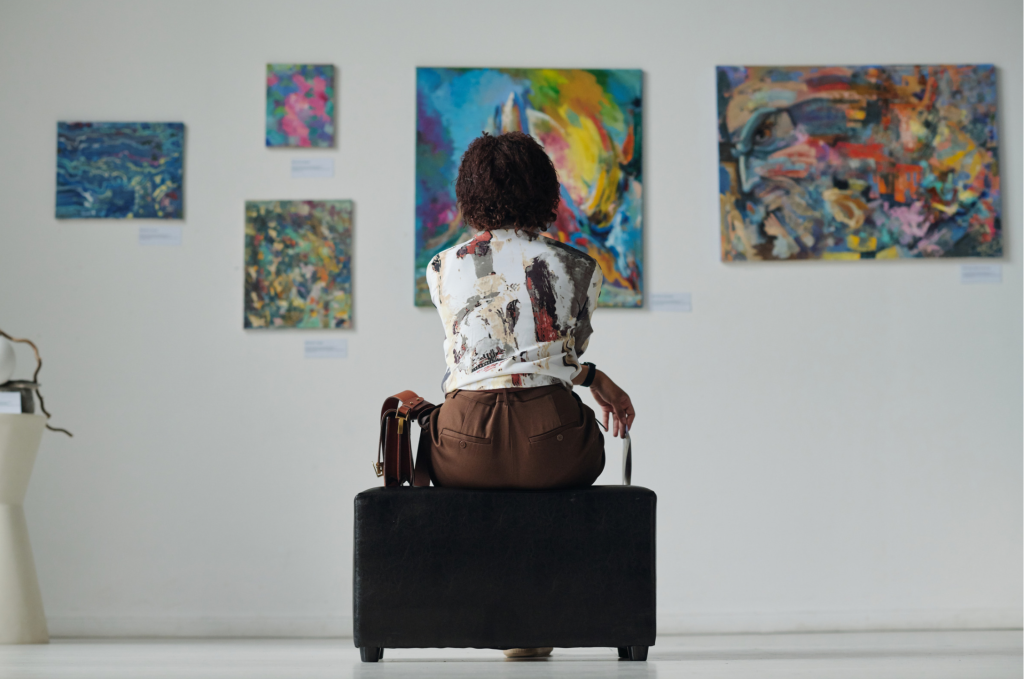
Art is argued to be the most beautiful language in the world. It is universal and is one of the few languages that anyone can understand despite differences in age or culture. It has always existed, and will continue to exist. From “Romanesque” to “Contemporary”, art has morphed into many different multitudes uniting our world despite all the differences and dichotomies that exist.
Art was made for the people by the people. It has survived wars and destructions, flying as high as the Goldfinch. It’s the communicator of emotions because when emotions are deemed indescribable, they can still be expressed accurately in a nonverbal way through art.
Moreover, art has been the longest reigning language of the world. It has travelled, evolved, and spread like wildfire all over the globe. The discoveries of new lands made it grow and flourish into different types and aesthetics. Globalization has been a great asset to its popularity as well.
Aristotle, a famous Greek philosopher, once said, “The aim of art is to represent not the outward appearance of things, but their inward significance.” And he is correct; art aims to show a person’s inner qualities, no matter what their external status. However, romanticism focused on showcasing the rich and bourgeoisie, rather than showcasing the art of pain and poverty. It focused on the perspectives of the upper class only, thus disregarding the true purpose of art: expressing one’s true self.
Although art was favored in that era, our current art has risen to a royal level thanks to its realistic, truthful, and diverse works. And what makes it even greater is its relation to the real world and individuals’ emotions. Others seek refuge in this art because it manifests their lives, feelings, and world. They find solace in it because they can relate to it. Additionally, because art has significantly evolved since that era, it has broken free from what we knew before, and what was conventional. Art today has no limitations, rules or restrictions.
For example, the art that has risen as a reaction to the Russian and Ukrainian war has brought to life the feelings of loss, hurt, and destruction. Art is no longer confined to technique and expensive material, it encompasses everything. Technique has been individualized to each artist and the materials are recycled and changed. Artists have broken free from the constraints of the “salone”. Each drawing, painting, sculpture is a unique piece, rather than the creation plain work—all the same—subjected to prejudice from the rich and the “salone”. Now, art has broken the barrier of subjective prejudice because the art we see today manifests everything, each unique to the artist’s idealism, life, material, setting, style, and even a story behind their art.
Modern contemporary movements have developed towards digital art, which still counts as contemporary. This revolutionizing aspect of contemporary art has further helped its globalization. Artists’ previously “failed” works have become popular due to their transmission through modern internet trends. Artists now conceive their art on their devices, and can showcase it around the world, without having to set up any galleries or exhibitions. That’s what makes contemporary art even more special, you don’t have to be of class to experience art or even buy it, you should only have a device, and the artistic world is now at your disposal.
Art itself is something that has lasted and will, hopefully, last forever. It is what we all can speak and communicate with. And no matter what movement it is, it will always be loved and cherished, by whomever might see it. Our current movement is something that has never been seen before, something so unique and vulnerable; it connects us like no other movement has. To contemporary art, we salute you, for you are the shower of our unknown, hidden, and vulnerable emotion.
Edited by Lana Salloum
Copy Edited by Fatima Nazar







